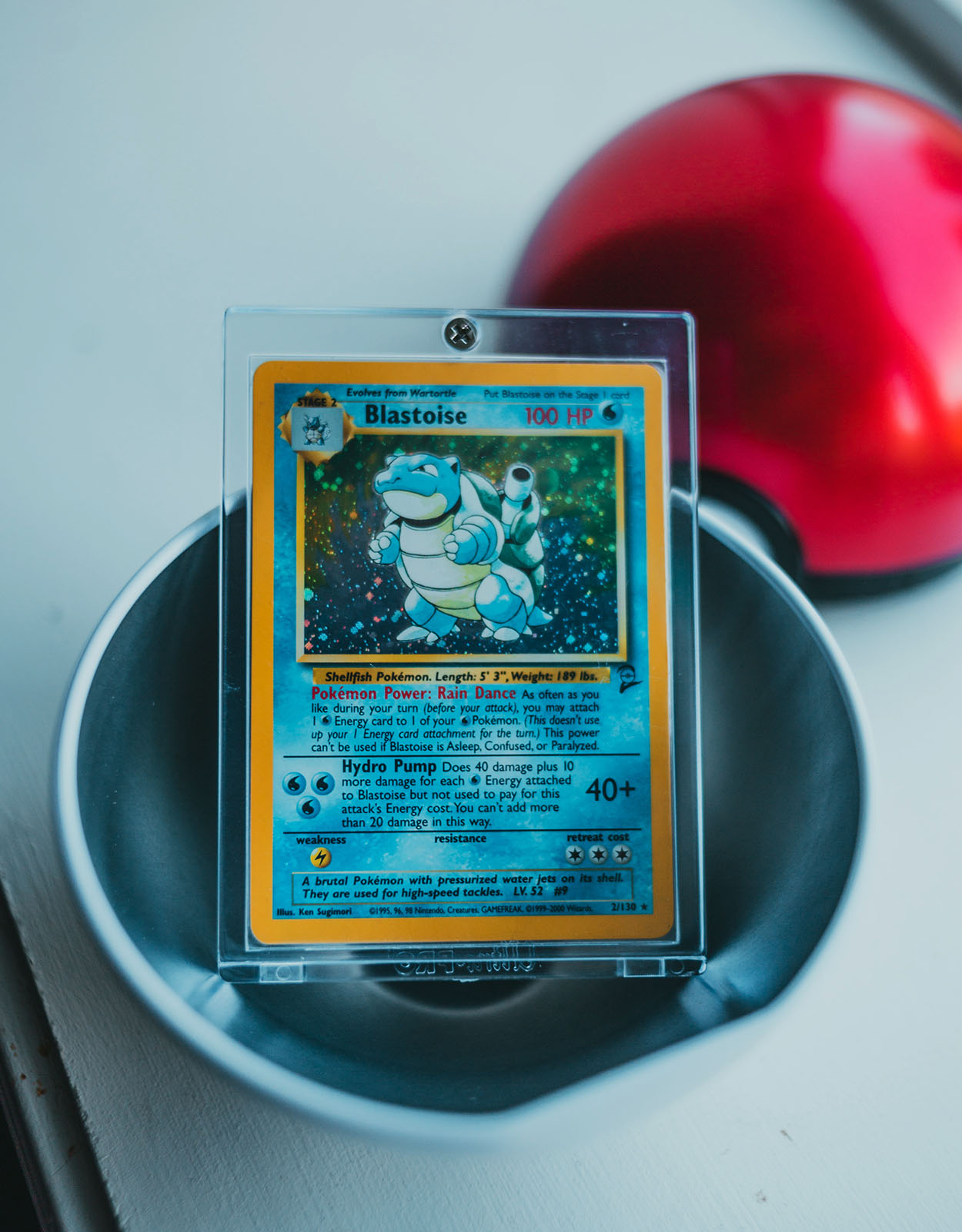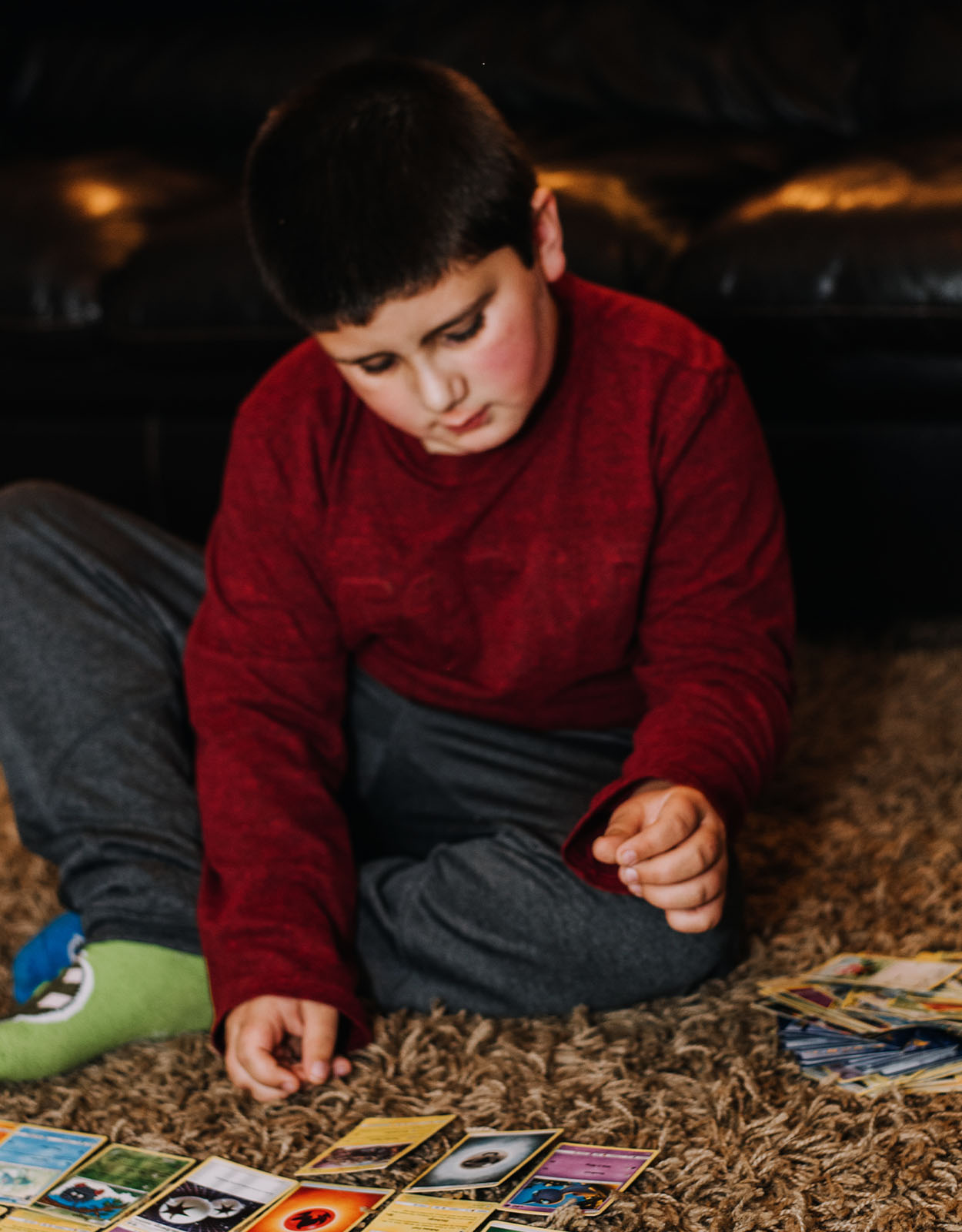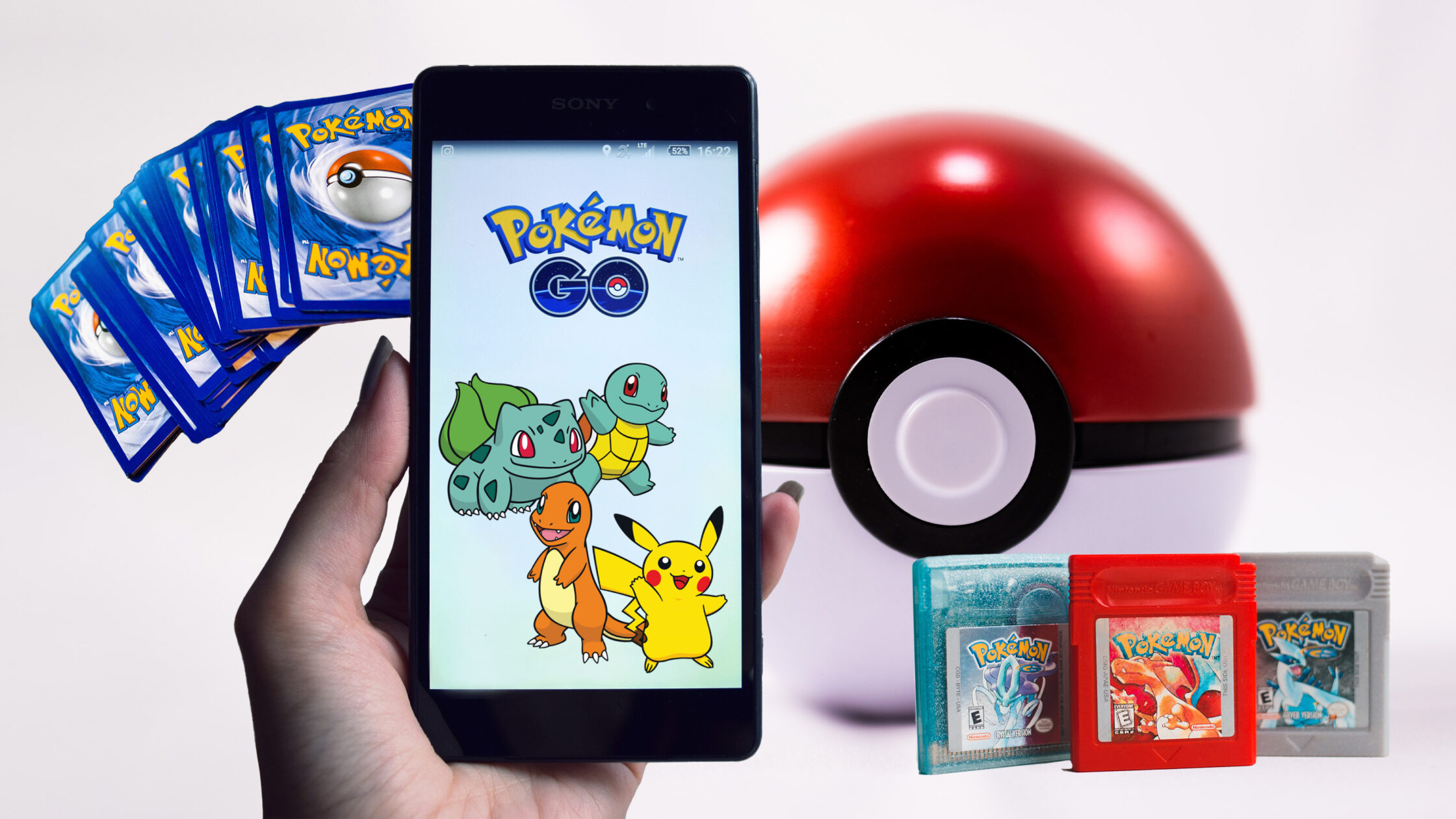Kids
10 Things Parents Need to Know About Pokémon
Many kids love Pokémon so here is what you need to know about it!
Pokémon has always been a source of joy and fun in many kids’ lives. When the franchise started out in 1996, it grew so fast that it didn’t just become a video game. It created trading cards, figurines, stuffed toys, and lifestyle accessories that paid tribute to the beloved franchise. As modern-day parents, we’re always wondering what in the world a “Pokémon” is which is why, we made a quick list to tell you what these creatures are.

1. Pokémon was short for the term “Pocket Monster.”
Before it became Pokémon, the old Japanese name was Pocket Monster because they were creatures that could fit in your pocket. It was like the traditional Tamagotchi toy, except players didn’t need to feed them. Kids could trade, battle, and raise them, similar to a pet but without the poop-scooping portion. Pokémon served as a cleaner alternative for pets, especially for kids who had allergies to pet dander.
2. Most of the franchise’s party favors are based on the original 151.
The kids of today will say that there are 1,010 Pokémons but millennials will recall that the franchise originally started with 151. Most cake shops that do Pokémon-themed birthday cakes use the original 151 like Pikachu (the yellow mouse with red cheeks that spark), Charmander (the orange lizard with a flame on its tail), Squirtle (the blue turtle with an orange shell and a curly tail), and Bulbasaur (the blue-green dinosaur with a green garlic bulb on its back).
3. Kids would use Pokémon as an indicator of social status in school.
Some Pokémon were more popular than the rest, especially when they fully “evolved.” Pokémon are capable of growing and changing forms which is how some of them became an indicator of social status among children. The cooler the Pokémon’s form, the more popular the kid was among their Poképeers.
4. Many of the Pokémon are based on real-life creatures.
Many of Pokémon’s characters were based on real-life creatures, including plants! One is the Pokémon Vileplume, which fans have accepted was based on the Rafflesia flower. They pointed out the large red flower on top of the creature’s head and also how the pokémon used pollen-like attacks like Sleep Powder, Poison Powder, Stun Spore, etc.
5. Each region in Pokémon is based on a certain country.
Pokémon has 9 regions: Kanto, Johto, Hoenn, Sinnoh, Unova, Kalos, Alola, Galar, and Paldea. Each of them is based on real-life places. Kanto, Johto, Hoenn, and Sinnoh are based heavily on the regions in Japan with the very first region being the namesake of which region the country’s capital is. Unova pays tribute to the United States, specifically New York and New Jersey. France serves as an inspiration for Kalos; Alola (from the word Aloha) was a tribute to Hawaii; Galar is Great Britain; and Paldea is seemingly based on Spain.
6. It actually encourages kids to use Math.
Most games don’t show how vital the math is in the game. But Pokémon made it simple for kids to understand by creating a system that encourages them to make their Pokémon the strongest. They call this the Effort Value (EV) system where kids can defeat a lot of wild Pokémon to influence how the points distribute in their Pokémon’s traits. They also added a math mechanic wherein a particular trait can influence how powerful a Pokémon’s attack can be and it shows when the players progress further into the game.
7. Their trading cards and toys can sell for a lot.
It’s tempting for parents to throw out their kids’ Pokémon trading cards after they outgrow them but don’t trash them! Many of those cards can sell for dollars, especially to the right people. With Facebook marketplace and if the card is in perfect condition (no folds, etc.), some cards can sell for PHP1,000.00. Sellers can charge higher if they’re holographic (or shiny) and from Japan.
For their toys, most especially the Pokémon-themed happy meal toys, they can sell for PHP400.00 if they’re in good condition since they usually don’t repeat.
8. Some experts believe that the trading card game improves critical thinking.
Some studies have proven that trading card games help kids develop critical thinking because of the mechanics and definitions of the different Pokémon cards. Professor Vivian Vasquez published a study in 2003 that demonstrated how the franchise’s trading game improved critical thinking. “Pokémon gaming,
therefore, does not involve actual physical battling over cards but systematic analysis of which cards to trade with whom in order to add to the value of one’s collection,” she says.
She further acknowledges how Pokémon challenges the education system to use more “popular culture texts” to encourage kids to “read, have access to, and participate” as living beings in the new millennium.
9. There are tournaments held here in the Philippines.
The Japanese game is still popular among adults and children and they even have tournaments in the Philippines. Prizes vary but there are some who give cash prizes to the grand tournament winner. Others get an exclusive and limited edition card that kids (only if they want to) can sell for money.
10. Best time to expose kids to Pokémon: 8 years old.
Players have weighed in and recommended kids should at least be around 8 years old to enjoy the game. Besides being more able to identify with their avatar (who is around 10 years old in the game), there are a lot of philosophical themes found in the franchise’s lore that younger kids may not appreciate.

It’s a classic game that kids and adults can appreciate.
The joy Pokémon offers is not just the battling but also being able to explore, collect creatures, and find a niche for themselves in a global community. Although the game being on a handheld console means it’ll have to be regulated with screen time rules, it’s still good for parents to know what their kids are getting into. At least they’re trading digital creatures and nothing illegal!
More about video games and franchises?
A Parent’s Guide To Peppa Pig: What We Know
Here’s What We Know About HBO’s Adaptation of The Last Of Us
7 Reasons Why Kids Playing Video Games Isn’t Bad





